
When the curtain falls after the 89th Academy Awards on Sunday, and the Hollywood bigwigs recover from the afterparties, they will still have to figure out innovative ways to persuade people to go see movies in theaters at a time when box-office attendance numbers continue to decline and the options for streaming movies in theaters are increasing.
Needless to say, times have changed since people went to movie theaters because the only other option was to wait decades until television channels acquired the rights to show movies. But that doesn’t mean the theater managers and Hollywood executives of the medium’s bygone days didn’t have to work hard to acquire an audience. One way they did so was via newspaper advertisements.
Those ads are showcased in The Art of Selling Movies, a new book by John McElwee, a retired lawyer and a lifelong collector of newspaper ads.
As the above images show, before home televisions, one major reason people went to movie theaters was to see war theaters. Newsreels showed moving images of current events that they often couldn’t see any other way. The ads often featured product tie-ins with local merchants, who’d encourage people to stop by their stores while they were in the area. And yes, the “midnight to 6:00 a.m.” and “7:45 a.m.” movie times on that 1944 ad for Belle of the Yukon aren’t typos; manufacturing plants during World War II were working round the clock, and so movie theaters catered to people with all kinds of shifts.
In fact, movie theaters may wish they could, in some respects, time travel back to 1946, one of the biggest single years the movies had in terms of revenue and attendance, according to McElwee. “Servicemen were coming home, and weren’t ready to settle down yet, so they wanted to go out and enjoy themselves,” he says.
The 60s required new, bold tactics — tactics that are considered normal movie-going etiquette now, but were considered radical back then. For instance, a 1960 ad for Psycho featured director Alfred Hitchcock speaking directly to newspaper readers and telling them that the film is best watched from beginning to end. Before then, it was typical for people to stroll into a theater mid-way through a film, McElwee says, and then just stay and watch the parts they’d missed when the film started over again.
Ironically, McElwee is one of these movie fans who isn’t lining up for new releases as much as he used to.
“I wouldn’t dream of going to a theater anymore. Everyone knows if they don’t see it in theaters, they can stream it,” he says. “Let’s take Bonnie and Clyde. I went to see it twice in 1967 because I knew I wasn’t going to see it again.”
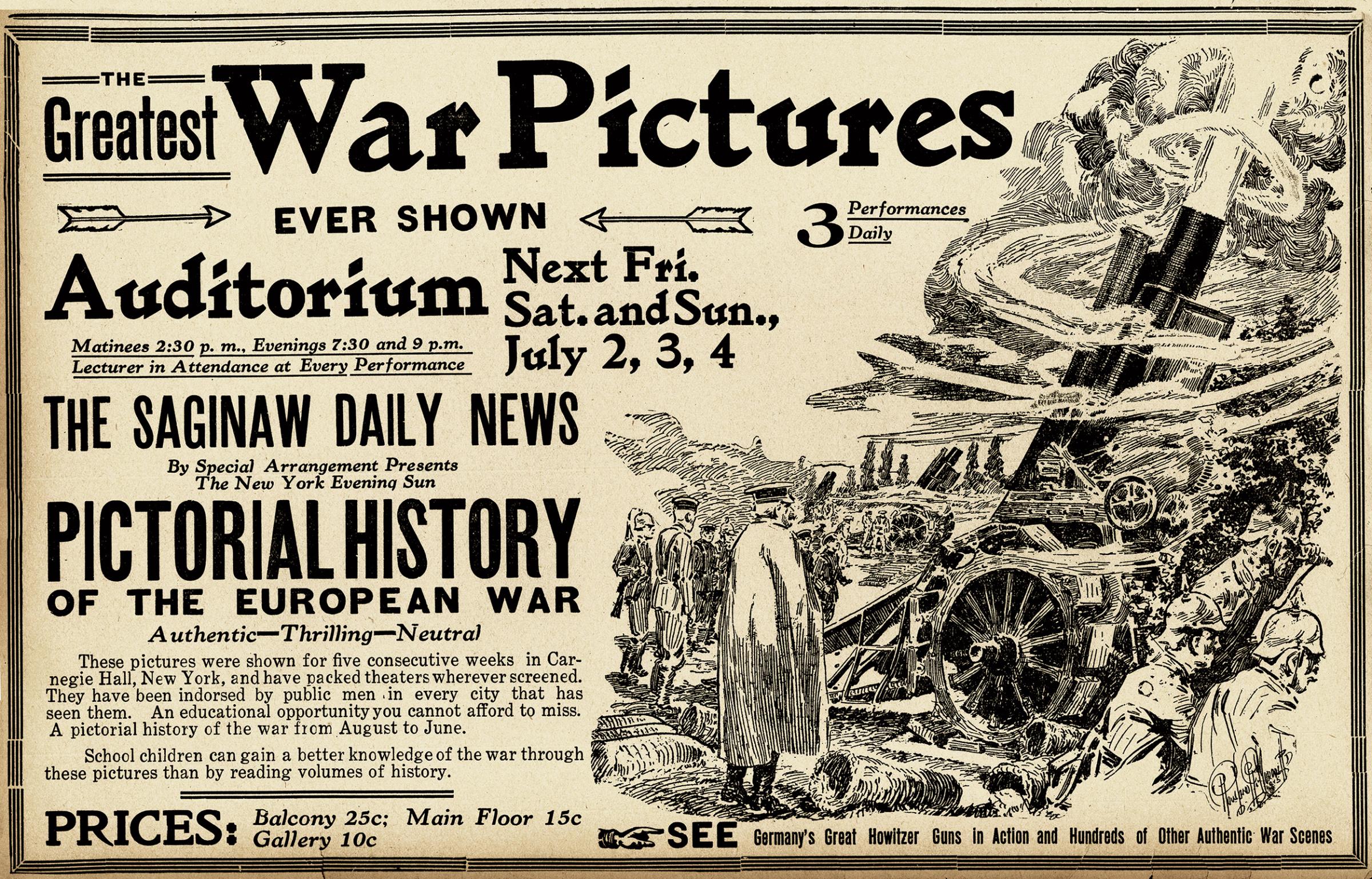

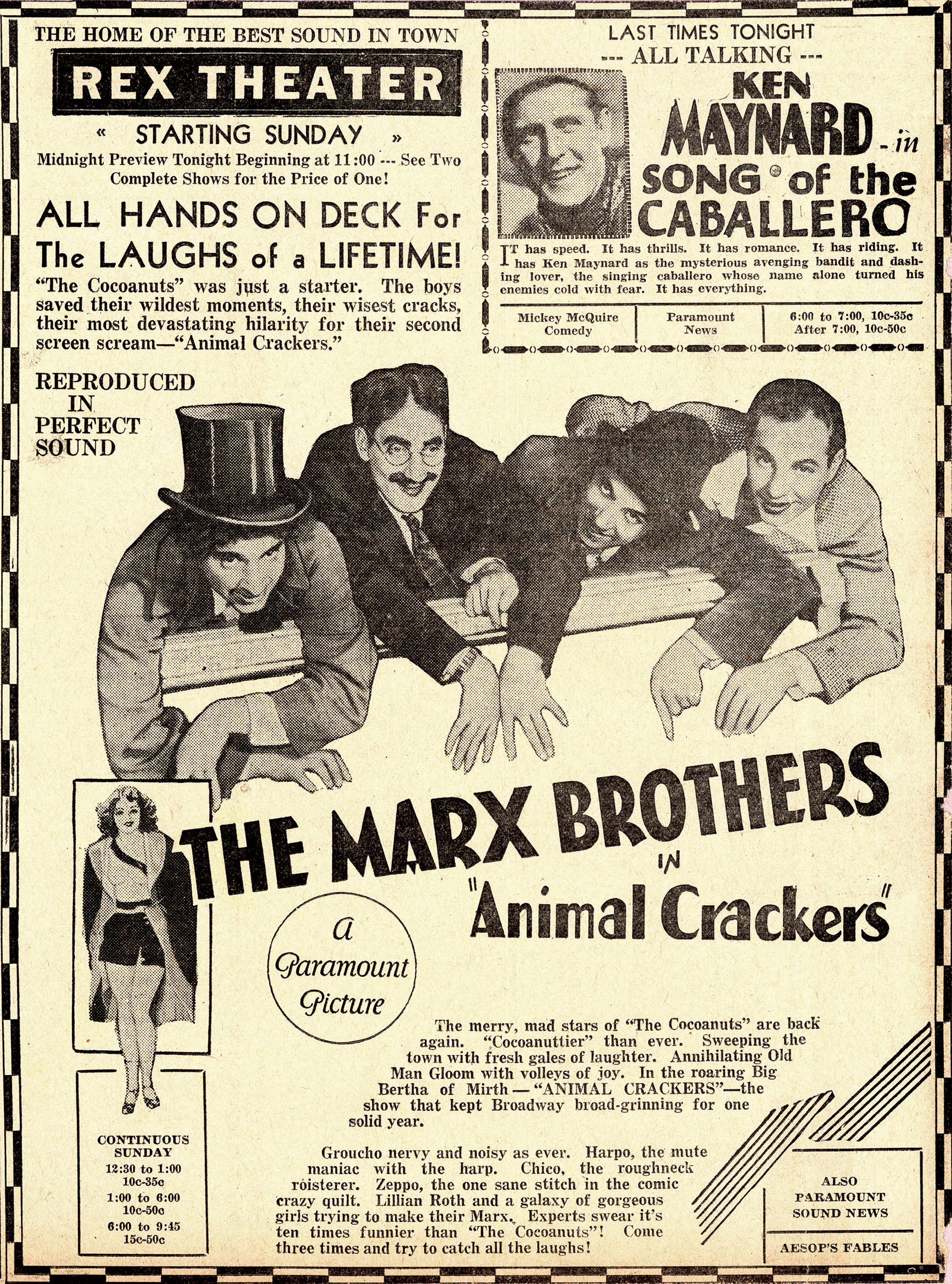
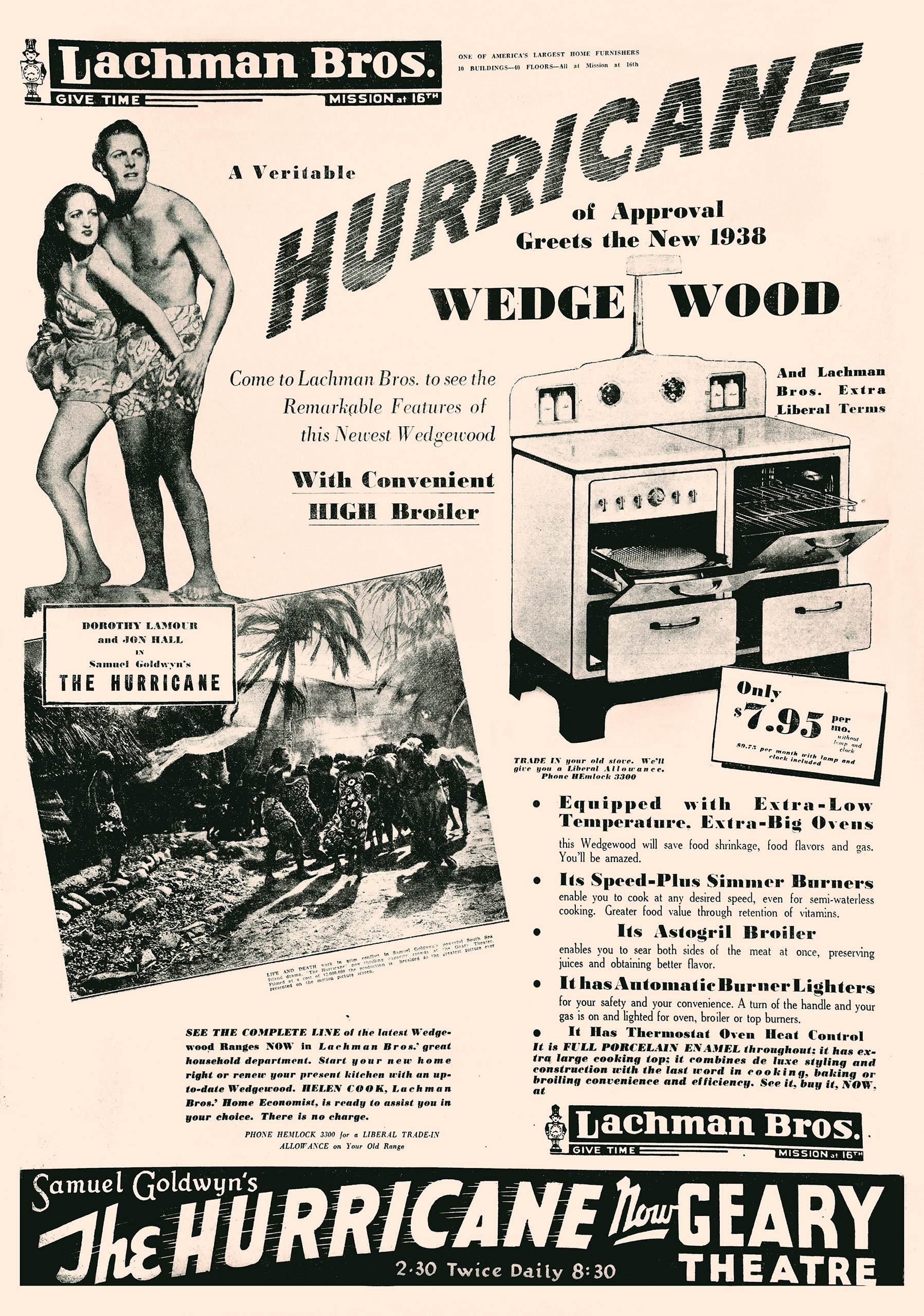
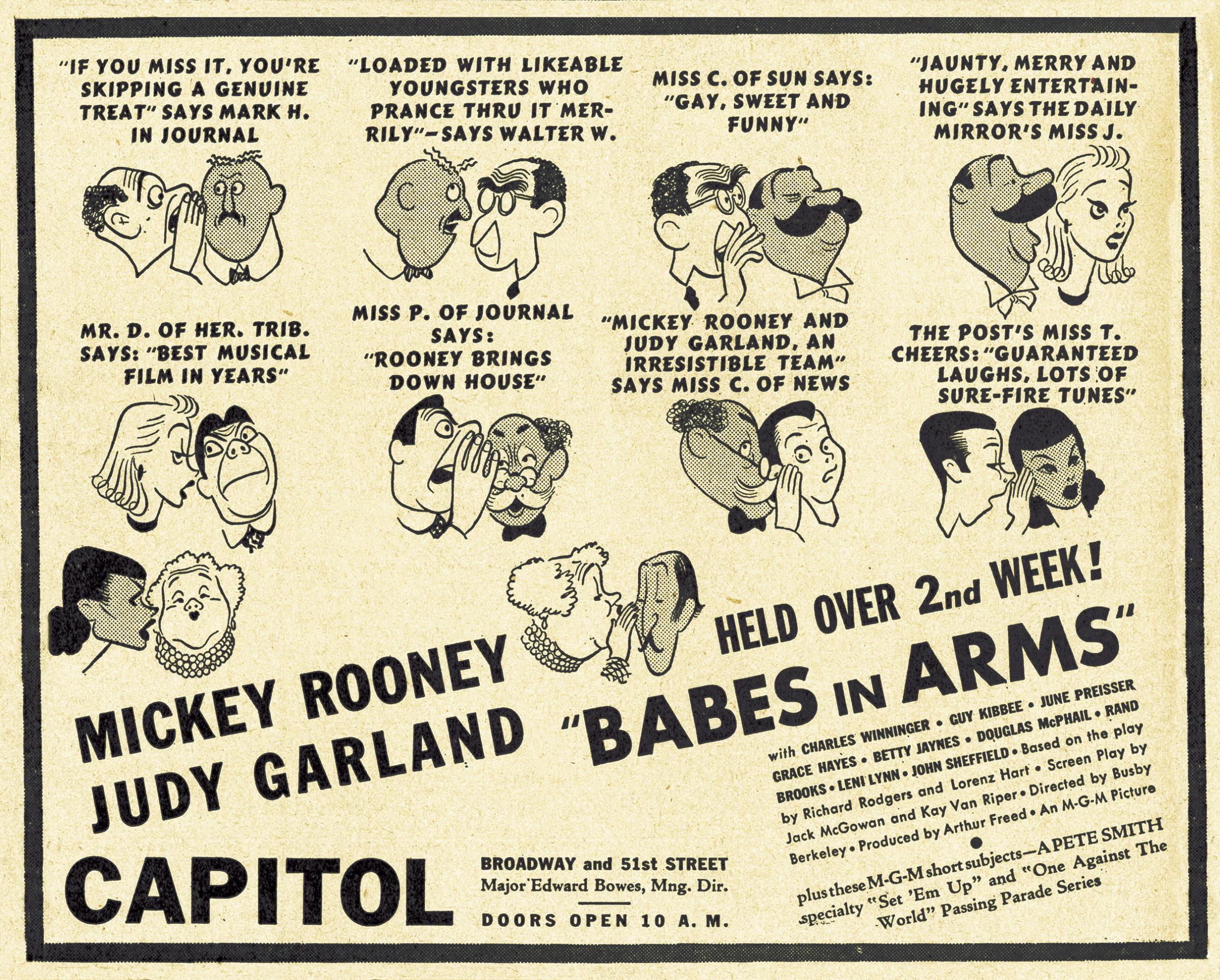

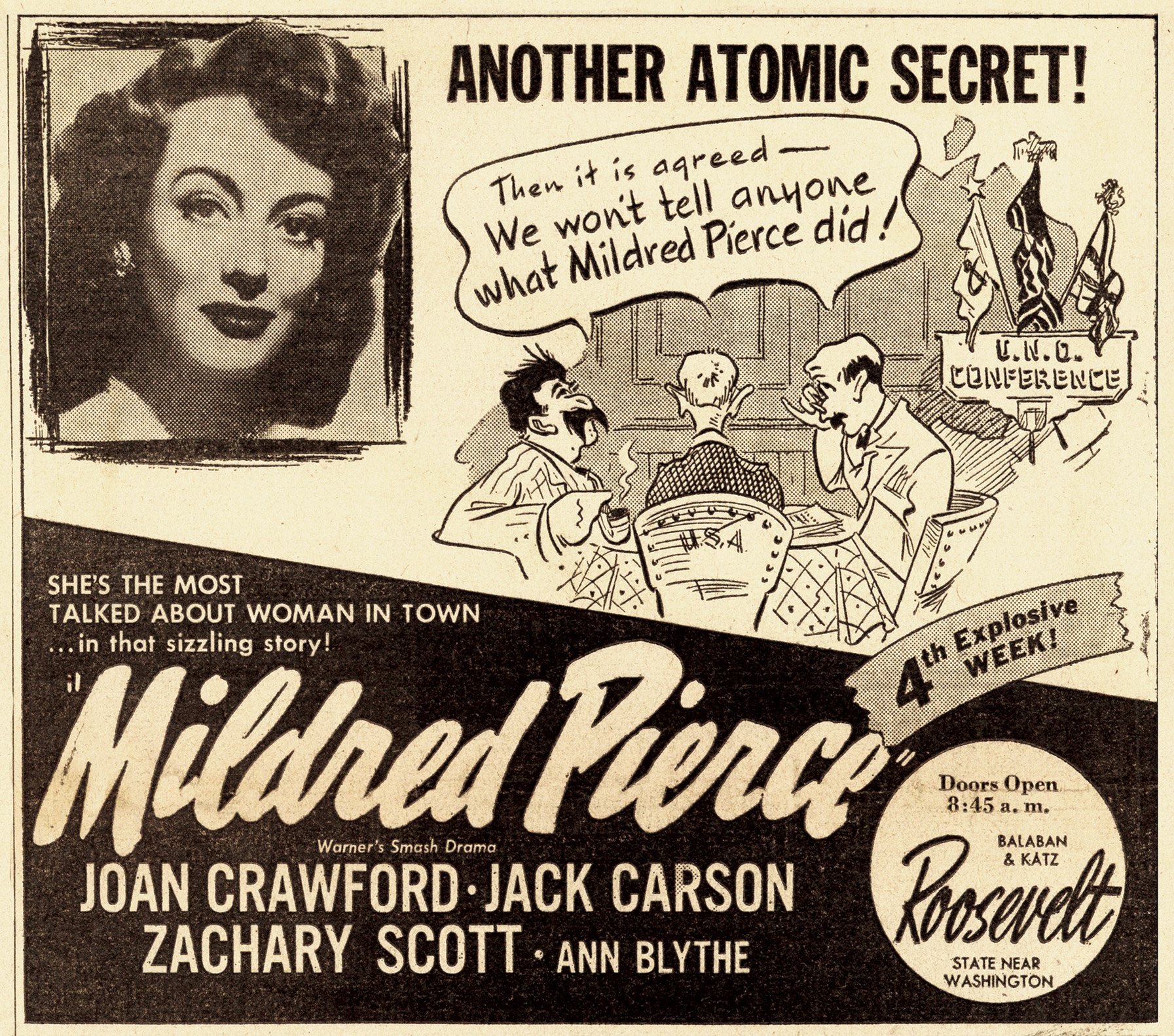

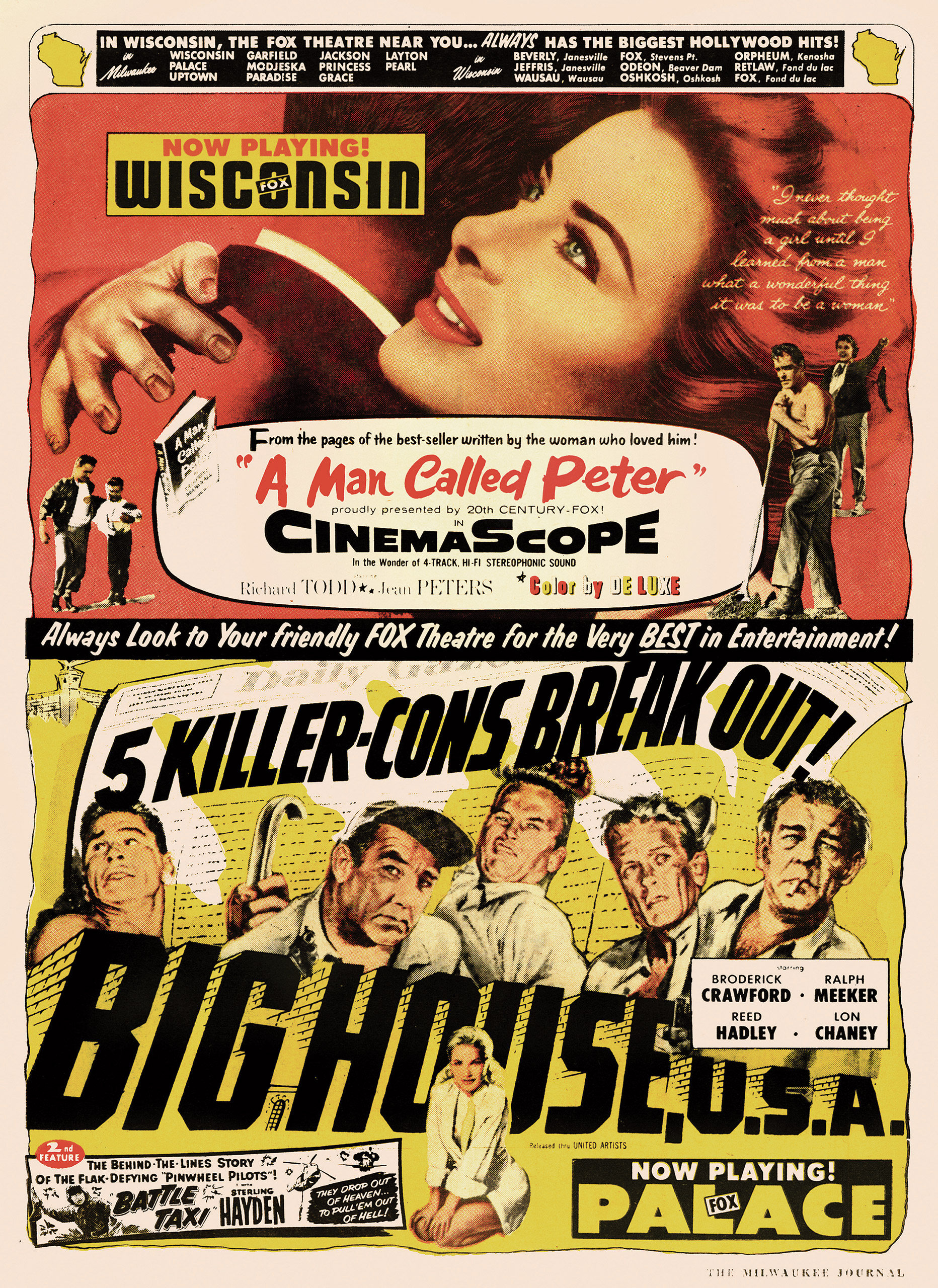
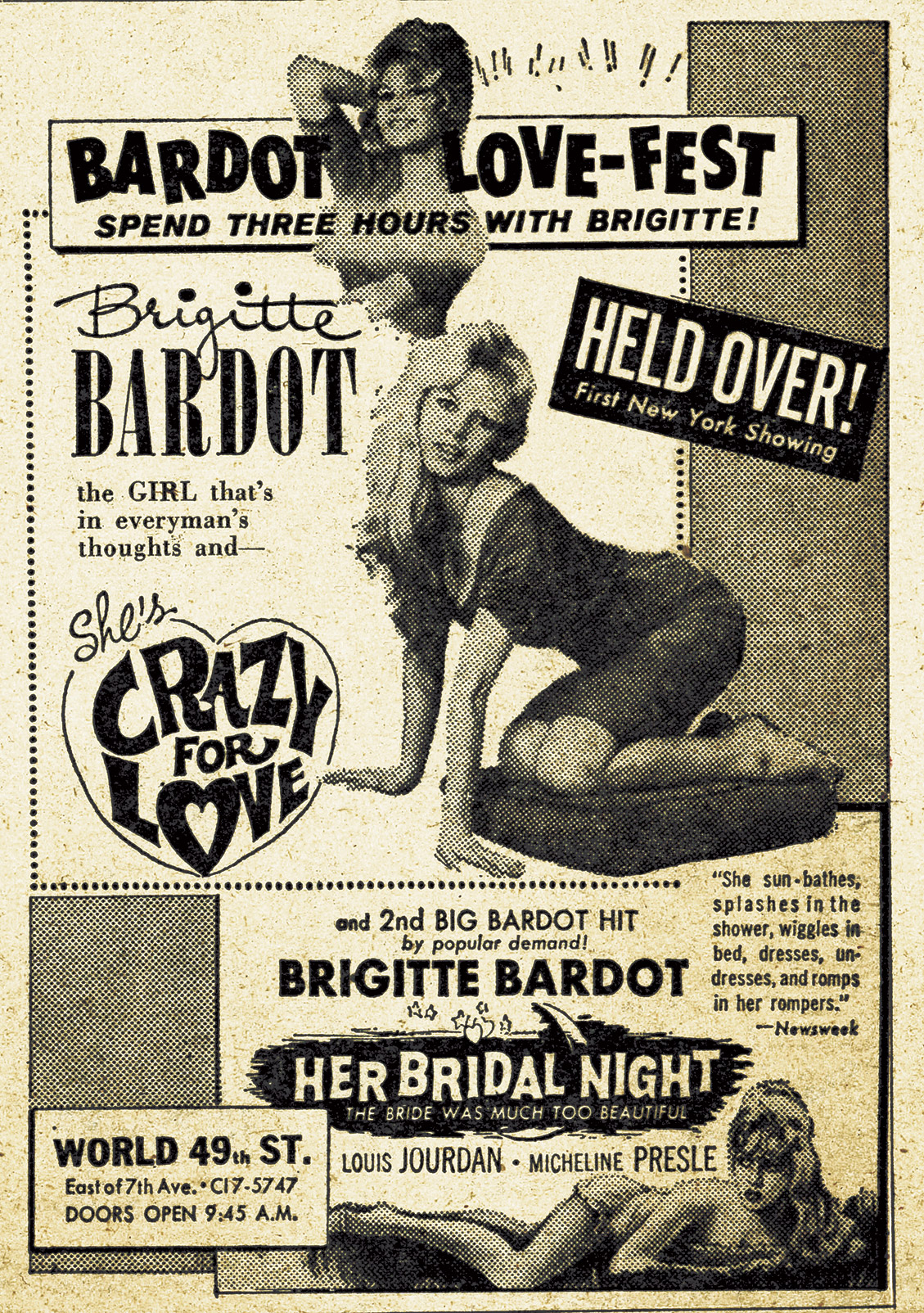


More Must-Reads From TIME
- The 100 Most Influential People of 2024
- Coco Gauff Is Playing for Herself Now
- Scenes From Pro-Palestinian Encampments Across U.S. Universities
- 6 Compliments That Land Every Time
- If You're Dating Right Now , You're Brave: Column
- The AI That Could Heal a Divided Internet
- Fallout Is a Brilliant Model for the Future of Video Game Adaptations
- Want Weekly Recs on What to Watch, Read, and More? Sign Up for Worth Your Time
Write to Olivia B. Waxman at olivia.waxman@time.com